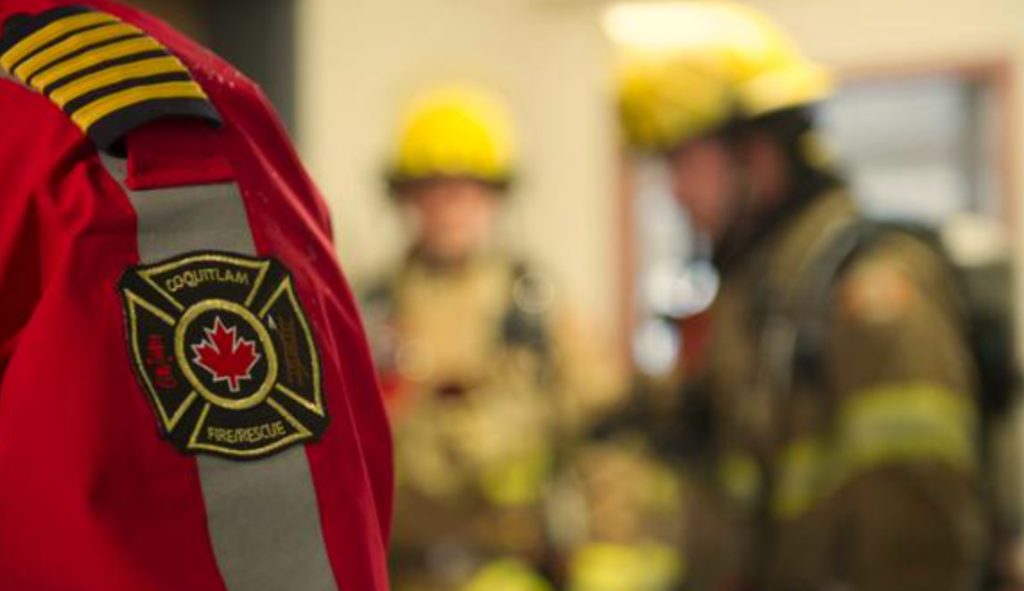Hurricane Matthew finally heads away from US, but not before flooding the Carolinas
Posted October 9, 2016 12:46 pm.
This article is more than 5 years old.
WILMINGTON, NORTH CAROLINA (NEWS 1130) – Hurricane Matthew’s torrential rains triggered severe flooding in North Carolina on Sunday as the deteriorating storm made its exit to the sea, and thousands of people had to be rescued from their homes and cars. The death toll in the US climbed to at least 15, nearly half of them in North Carolina.
What will go down as one of the most potent hurricanes on record in the US was blamed for at least 10 deaths in the US and more than 500 in Haiti.
As night fell Saturday, authorities warned people to stay off the roads until the storm had passed, and the full extent of the damage was not expected to become clear until daylight.
The unofficial rainfall totals were staggering: 18 inches in Wilmington, 14 inches in Fayetteville and 8 inches in Raleigh.
“This is a very, very serious and deadly storm,” Gov. Pat McCrory said.
Before daybreak Sunday, the hurricane was downgraded to a post-tropical cyclone. As of 8 a.m. EDT, the storm was centered about 60 miles southeast of Cape Hatteras, North Carolina, moving out to sea. It still had hurricane-force winds of 75 mph.
Forecasters said North Carolina and Virginia could get even more rain and warned of the danger of life-threatening flooding through Monday night.
While the crisis was far from over in North Carolina, other places to the South began getting back to normal, with millions relieved that the storm wasn’t the catastrophe that many had been bracing for.
In many places along the Southeast coast, the damage consisted mostly of flooded streets, blown-down signs and awnings, flattened trees and power outages.
As the skies cleared on Saturday, people started cleaning up, reopening their businesses or hitting the beach. The power started coming back on. And all three major theme parks in Orlando, Florida, including Walt Disney World, were up and running.
Along Daytona Beach’s main drag, the Silver Diner had all of its shiny metal siding ripped off the front and sides, leaving only a wood frame exposed. Next door, the window of a souvenir shop had been blown out and the roof and ceiling torn through, leaving pink insulation dangling.
David Beasley, president of Insurance Recovery Inc., surveyed the damage and said that although it looked bad, the main strip was hit harder by Hurricane Charley and Hurricane Frances in 2004.
“This is not much compared to those two,” he said.
On Saturday, Matthew sideswiped two of the South’s oldest and most historic cities – Savannah, Georgia, and Charleston, South Carolina – and also brought torrential rain and stiff wind to places like Myrtle Beach, South Carolina.
For nearly its entire run up the coast from Florida, Matthew hung just far enough offshore that communities did not feel the full force of its winds.
Its storm center, or eye, finally blew ashore just north of Charleston on Saturday, but only briefly. And by that time, Matthew was just barely a hurricane, with winds of just 75 mph.
Matthew’s winds were howling at a terrifying 145 mph when the hurricane struck Haiti, where five days later the full extent of the tragedy was not yet known because some devastated areas were still unreachable.
In Brunswick County, North Carolina, about 100 hotel guests had to be taken by bus to a shelter because the main walls of the Comfort Inn Suites were on the verge of collapse. And dramatic video showed Fayetteville police rescuing a woman and her small child from their car as rising waters swallowed it.
“People got incredibly lucky,” Colorado State University meteorology professor Phil Klotzbach. “It was a super close call.”
It was a major hurricane – that is, with winds of at least 110 mph – for just over seven days.
Hundreds of thousands of people lost power in North Carolina, three-quarters of a million in South Carolina, 250,000 in Georgia and about 1 million in Florida.
In addition to the seven deaths in North Carolina, there were four in Florida, three in Georgia and one in South Carolina. Some were killed by falling trees, others by carbon monoxide fumes from a generator.
Property data firm CoreLogic projected the storm would cause $4 billion to $6 billion in insured losses on home and commercial properties. That compares with Hurricane Katrina’s $40 billion and Superstorm Sandy’s $20 billion










